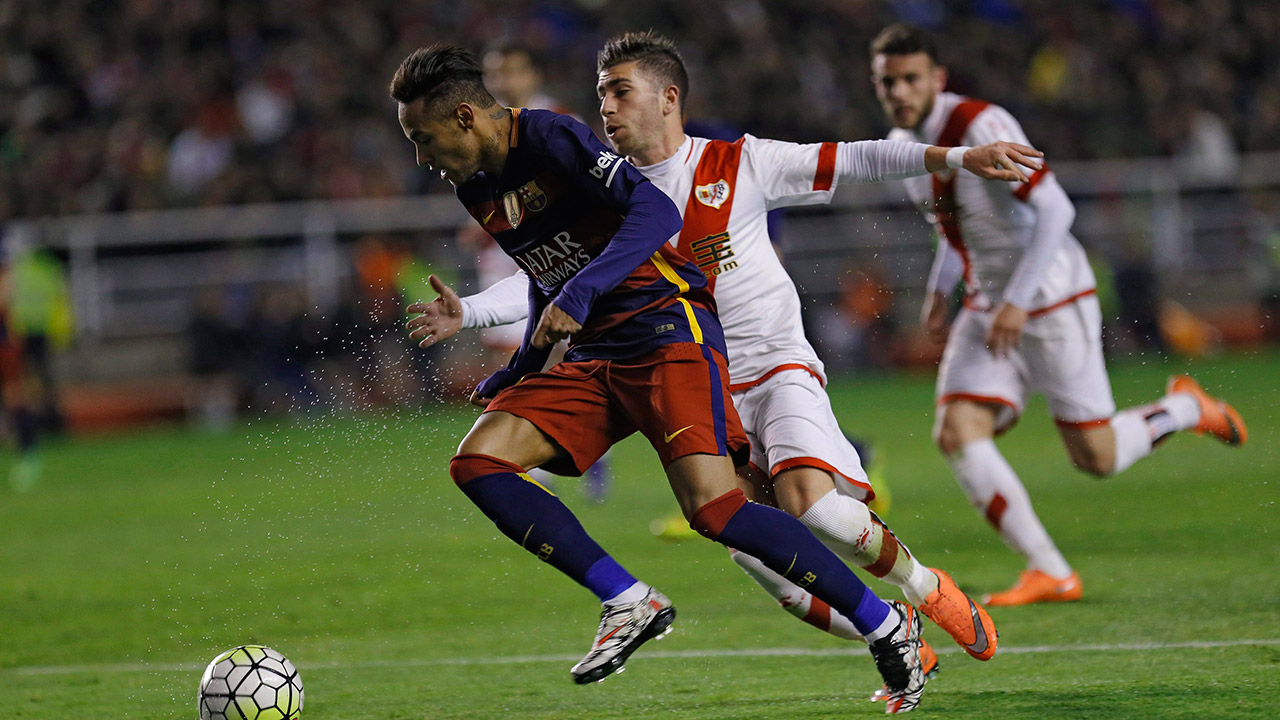There are different ways to win tournaments: ride a hot player and hope for a continued trajectory, distribute goal scoring duties and rely on depth, limit opposition goals at all costs and hope for offensive production, among others.
Different teams use these ways as their distinct advantage, but the one constant is the necessity to score goals.
MORE ON THE UEFA CHAMPIONS LEAGUE: Sportsnet panel’s picks and predictions || Champions League a last escape for Man City || Photo gallery: 10 to watch in Champions League || Photo gallery: Round of 16 matchups || Like Sinatra, Atletico Madrid does it their way
In the top leagues, and tournaments, in Europe more goals are being scored, players are being paid more to score them and the fans incessantly demand more goals from them. The cycle has an insatiable appetite, and it’s manifested itself in various forms in different competitions on the continent.
The knockout stage of the UEFA Champions League has experienced a significant spike in team goal totals since the 2008-09 competition, where Pep Guardiola’s first Barcelona side won with a total of 16 goals scored from the Round of 16 to the final. Since then, the tournament winning club has scored an average of almost 35 goals en route to glory, complimented by an average of 26 goals being scored by the runners-up in the same time. The previous four tournaments saw an average of just over 11 goals being scored by the tournament winners within the same stages, and an average of less than 11 goals scored by the runners-up.
This has coincided with an increase in scoring in domestic leagues, as well. In Europe’s “top five leagues” (Premier League, Serie A, La Liga, Bundesliga and Ligue 1), there has been a general increase continent wide in total goals scored in the league since the 2004-05 seasons. This increase hasn’t been a linear distribution, rather, like the Champions League, has been bunched post and pre 2007-08 campaign.
Offensive trends are always ahead of the defensive, tactics curve. As the “modern game” evolves, more teams try to find a balance between possessing the ball to dictate match tempo and to limit opposition chances through lack of touches, and winning the ball high up the pitch off of the opposition to quickly attack in originally advantageous areas.
Talk circulating around managers, clubs and tacticians alike are always of how to gain tactical advantages in the opposition’s half without conceding defensive solidity. This can be through shear numbers, usually predicated on expected possession and a more methodical approach to an offensive game plan, or through an effective use of the counter attack to take advantage of 1v1 match-ups amidst low totals of players in the opposition’s half.
As these offensive priorities have shifted, so too have the desired characteristics of players used to carry through these orders. A more nimble, dynamic athlete who has to rely on mental intention rather than physical dominance has been the desired fit at the top level of world football. But have these players been shouldering the responsibility of goal scoring, or just general offensive strategy?
Player (GF) x Team (GF) of top 10 goal scorers in Champions League knockout stages from 2004/05 – 2014/15
Lately, in the Champions League knockout stages, yes. This could be simply a product of their teams scoring more, total goals and therefore the gap between contribution percentages amongst the teams’ top scorers and the rest of their team has slightly grown. Or, it could indicate that the goal scorers in clubs are bearing more and more of the responsibility to offensively get their teams through tournaments.
Jonathan Wilson took a stab in 2012 at explaining the then recent upturn in goal production in the Premier League. He attributed the offensive evolution to a “Bielsista” outlook that was taken on by managers at that time—taking on a higher pressing, high risk form of forward press.
Obviously, many variables skew scoring effects when it comes to qualifying spiking goal totals. Changes in tangible, tactical trends in world football, ebbs and flows in wealth distribution and therefore talent amongst clubs and even the social climate around the sport all contribute to goal totals. Can we account for it all? Eventually … probably. But what a daunting prospect.
Coleman Larned is soccer analytics writer based in Antwerp, Belgium. Follow him on Twitter

SPORTSNET.CA’s Soccer Central podcast, hosted by James Sharman, takes an in-depth look at the beautiful game and offers timely and thoughtful analysis on the sport’s biggest issues.
Listen here | iTunes | Subscribe to the podcast




